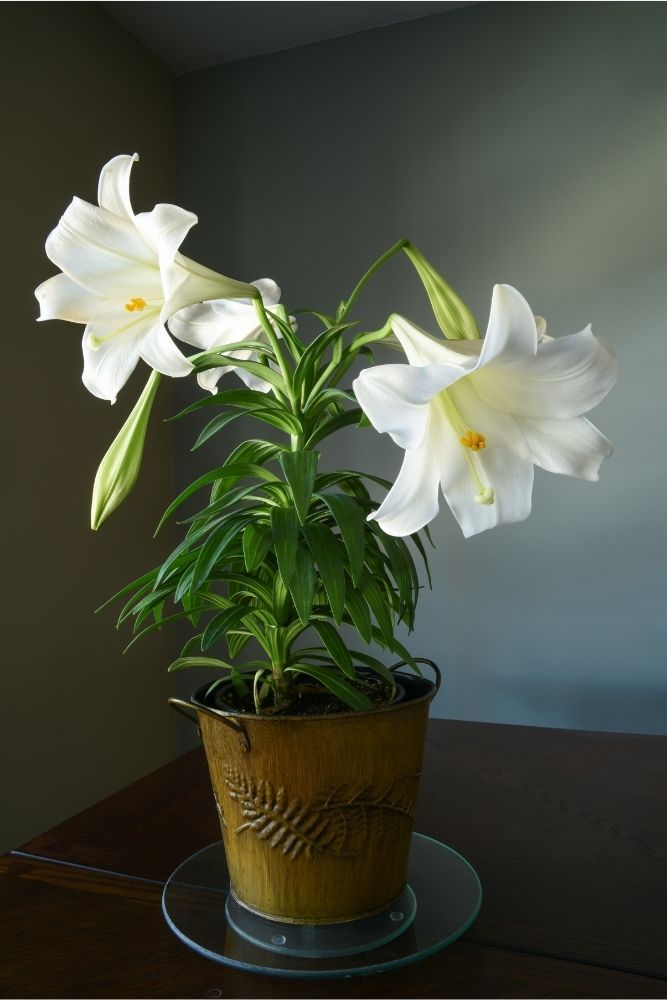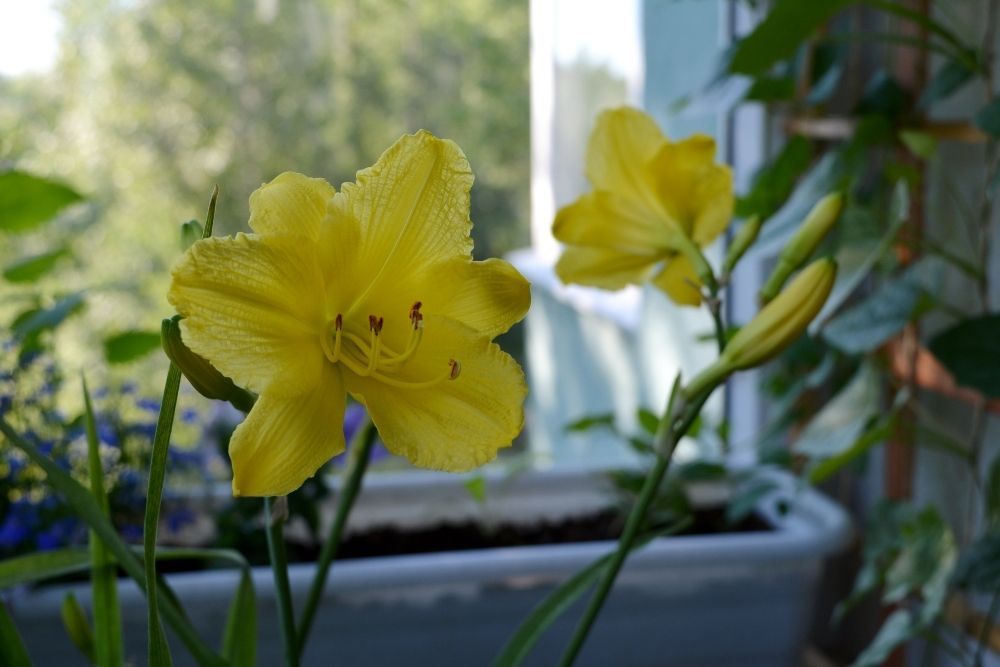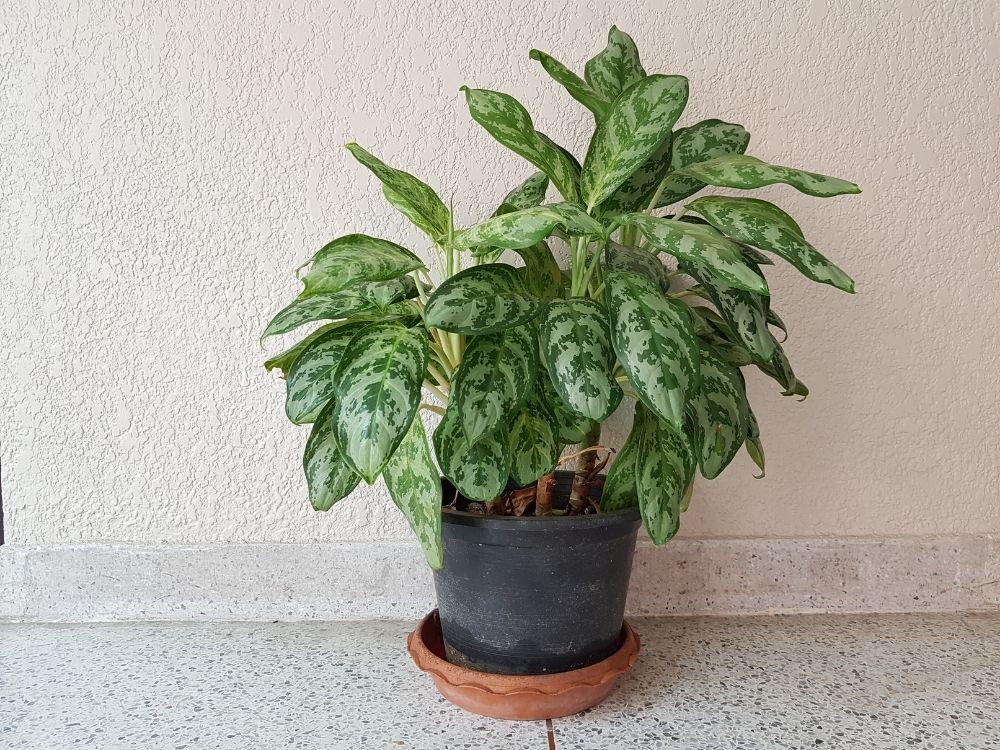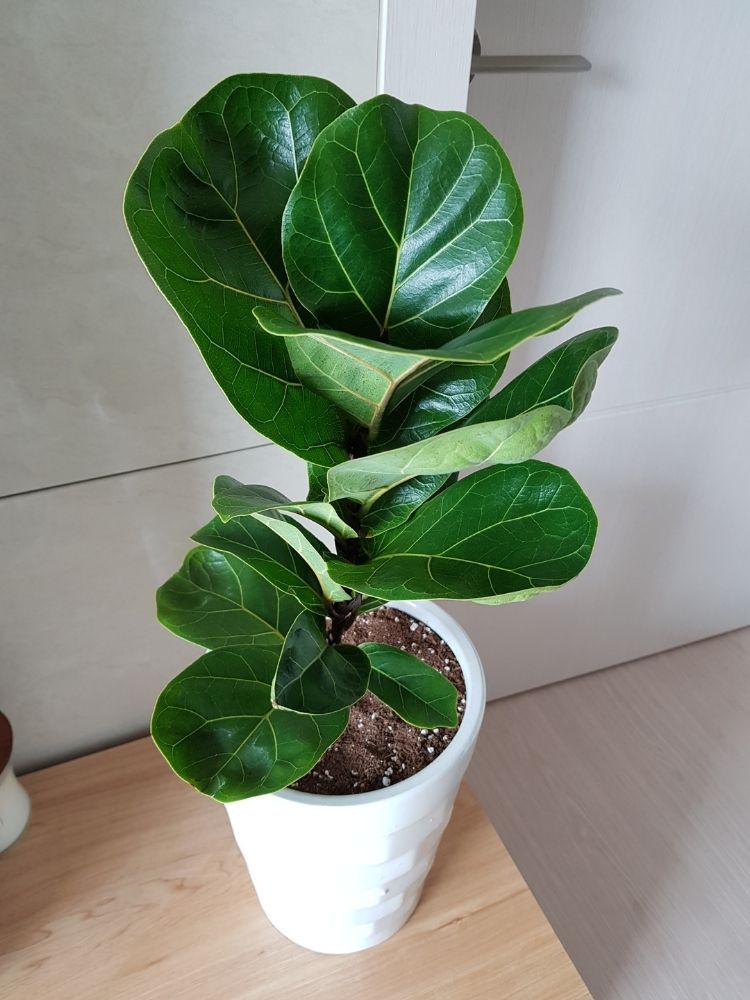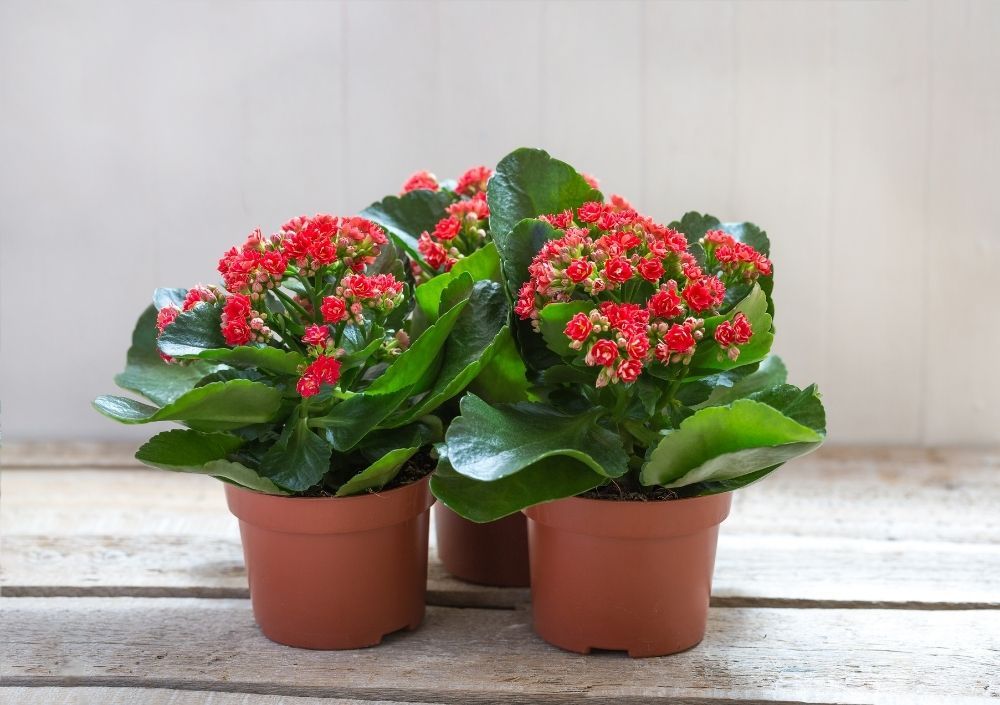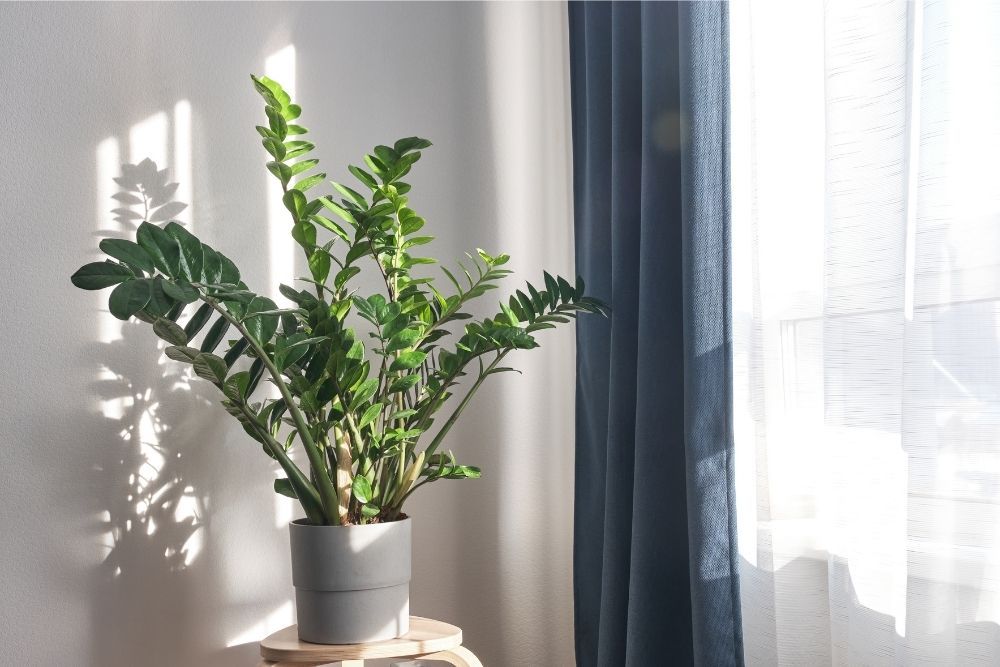
We all love plants, but not as much as our children and pets. You need to know which houseplants are toxic to protect those you hold dear.
Below, you’ll uncover all the houseplants that pose a risk to your kids and furry friends.
Danger! Highly Toxic Houseplants
These are poisonous indoor plants that can cause severe damage. It may be worth avoiding these altogether!
1. Pencil Cactus
The Pencil Cactus is one of the most toxic houseplants. It contains a poisonous, milky sap that can cause skin irritation if touched.
If ingested by children or pets, it can burn the mouth area, including the lips and tongue. It will likely lead to vomiting. Severe cases of extreme exposure can cause blindness.
Best to keep this one out of your home if you’ve got children and pets!
2. Philodendron
Oxalate crystals are present in all Philodendron species. Direct touch can lead to dermatitis and swelling of the digestive system in children. Although rare, large-scale consumption can lead to death.
Ingestion by dogs and cats can cause oral irritation, extreme drooling and swallowing difficulties. This can progress to spasms and seizures.
READ NEXT: 30 Types of Philodendron Plants (To Add to Your Home Collection!)
3. Calla Lily
Once only an outdoor plant, Calla Lilies are now being brought inside. The Calla Lily contains calcium oxalate crystals which can cause gastrointestinal difficulties and oral swelling in humans if eaten.
4. Easter Lily
Although there is still some ambiguity about this plant’s toxic components, consumption causes vomiting in cats.
The repercussions of a cat ingesting Easter Lily can be severe. Kidney failure may occur, which can lead to death.
5. Rubrum Lily
This vibrant lily variety will do significant damage to your pets if ingested. It’s not as harmful to children, though.
Ingestion can lead to stomach upset in children, and touching can cause dermatitis. Cats will particularly suffer from ingestion, as it diminishes their appetite and causes vomiting and weakness. Extreme cases can result in death.
6. Tiger Lily
This bright orange lily adorned with dark spots is beautiful but menacing-looking. Ingestion by children will cause mild gastrointestinal issues. However, ingestion by cats may lead to anorexia, vomiting, and renal and liver failure.
7. Day Lily
Like the Tiger Lily, the Day Lily is most ferocious to felines. Renal and liver failure can occur in serious incidents, potentially leading to death. In less severe cases, you may see vomiting and loss of appetite.
Children may feel stomach pains which can progress to vomiting following consumption. Their skin may sting or burn if they touch the plant.
8. Tulip
Tulip bulbs are poisonous and can cause severe symptoms in your pets, including irritation of the mouth, throat, and stomach. Nausea and vomiting can also occur. In extreme cases, Tulip ingestion may result in liver damage.
9. Asian Lily
The bright orange Asian Lily is not friendly to felines. It’ll likely cause stomach discomfort, loss of appetite, weakness, and even renal and liver failure.
Symptoms in children are milder, including vomiting, diarrhoea, and tummy pain. Skin irritation may result from direct contact.
10. Oleander
This plant gives the appearance of pure innocence, but ingestion is often fatal. Even eating the honey produced from the Oleander’s nectar can harm you.
Upon ingestion, children will likely experience dizziness, tremors, and abnormal heart rhythms. You can expect vomiting, heartbeat changes and cold extremities in cats and dogs.
11. Devil’s Ivy (Pothos)
All parts of this plant contain harmful oxalates. If a child or pet eats the stem or leaves, they’ll likely experience an extreme burning sensation in their stomach, mouth and throat.
Dogs and cats will suffer from swallowing difficulties, drooling and vomiting. Kidney failure and even death may occur from large-scale consumption.
Skin irritation can happen from touching this plant, so take care and use gloves when handling it.
12. Sago Palm
Sago Palms are beautiful, exotic additions to a home. However, steer clear if you’re a pet-lover. Sago Palms contain cycasin, a carcinogenic compound. Vomiting and gastroenteritis can occur if consumed by pets in small amounts.
Liver damage and failure can happen in severe cases.
13. Daffodils
This springtime delight is often given as a gift during its blooming season. But the bulbs are toxic to humans and pets.
Digestive difficulties, irregular heart rhythms, and blood pressure abnormalities can follow consumption. In severe cases, ingestion can be fatal!
But why not try growing them in a terrarium?
14. Hyacinth
This vibrant spring-bloomer is inviting and toxic in equal measures. It’s poisonous to both humans and pets due to the alkaloids it contains. Ingestion by cats and dogs can lead to muscle tremors and severe gastrointestinal disruption.
The bulb is the most toxic part.
15. Cyclamen
The roots and flowers of Cyclamen are dangerous to pets. Drooling, vomiting and diarrhoea can be caused by chewing or ingesting just a small amount of this plant.
Arrhythmia, seizures and death can be the outcome of severe cases.
16. Azalea
Azaleas should be kept away from animals. These popular miniature bonsais contain grayanotoxin. Symptoms can start as vomiting and diarrhoea but can progress to a comatose state.
17. Cardboard Palm
The Cardboard Palm contains cycasin, resulting in haemorrhages and liver failure if consumed by your pets. Definitely not a plant you want around your furry friends!
18. Clivia
Clivia is full of alkaloids which makes it toxic to ingest. The symptoms are mainly present in pets, who can experience blood pressure and heart rate abnormalities. Vomiting is also likely.
19. Chrysanthemum
Keep Chrysanthemum out of your house if you have cats or dogs. And if on the off chance you keep a horse in your home, this plant is toxic for them too!
Diarrhoea, vomiting, extreme salivation and coordination difficulties might arise from animals eating this plant. Skin irritation can occur just through your touch!
20. Lantana
The leaves of Lantana plants contain Pentacyclic triterpenoids, compounds that are highly toxic to animals.
Cats and dogs who eat this plant may experience breathing difficulties, muscle weakness, vomiting, diarrhoea. Liver failure is an unlikely yet severe side effect.
21. Aloe Vera
Aloe Vera is poisonous to children and pets. Its sap is toxic if consumed in large quantities. Ingestion will result in diarrhoea and vomiting in children. For pets, ingestion of Aloe Vera can lead to anorexia, discoloured urine, muscle tremors, and depression.
22. Yew
Yew doesn’t often appear as a houseplant. However, it has become a popular indoor bonsai in recent years, and it’s often featured in Christmas decorations.
That being said, Yew is extremely dangerous to cats and dogs. Even small consumption can lead to muscle tremors, seizures in dogs, and cardiac failure.
23. Peace Lily
Peace Lilies are highly toxic indoor plants, with ingestion of any part of the plant causing significant harm to children and pets. If the stem or leaves are eaten, the ingester may experience a burning sensation to the stomach, mouth and throat.
Following ingestion, extreme salivation, vomiting, and swallowing difficulties can arise in cats and dogs.
Caution! Mildly Toxic Houseplants
These plants are toxic but cause milder symptoms than the particularly poisonous houseplants above. Caution should be enough to keep everyone safe.
1. Amaryllis
Keep this plant away from your pets. Eating the flowers can result in muscle tremors, diarrhoea, stomach pain, extreme salivation, and vomiting.
Ingestion may result in mild symptoms in children, including nausea and sickness.
2. Arrowhead
Arrowheads harbour harmful oxalates. Ingestion by children and pets can cause oral discomfort, drooling and vomiting. Direct touch can lead to skin irritation.
3. Chinese Evergreen
This gorgeous green plant shouldn’t be snacked on! Eating Chinese Evergreen might cause an upset stomach in children and pets, including nausea, vomiting, diarrhoea, and oral discomfort.
4. Dieffenbachia
Also widely known as “Dumb Cane,” Dieffenbachia contains oxalates and proteolytic enzymes. These are toxic to pets and children, resulting in a swollen mouth, tongue and throat, excessive salivation and vomiting.
5. Dracaena
The saponins Dracaena plants contain cause gastrointestinal and oral discomfort in pets and dilated pupils in cats.
6. Fiddleleaf Fig
The Fiddleleaf Fig is a houseplant cherished for its versatility. Unfortunately, ingestion by children and pets can have repercussions: mouth and throat irritation and gastrointestinal discomfort.
7. English Ivy
The English Ivy is toxic to humans, cats and dogs. If consumed, the leaves can irritate the stomach, throat and mouth.
The consumer could suffer from diarrhoea, nausea, and vomiting. Cats and dogs may experience hyper-salivation too.
As it’s an excellent trailer, maybe English Ivy can dangle indoors in a hanging planter?
8. Jade Plant
While toxic to pets, the Jade Plant won’t harm humans if ingested. The exact cause of this plant’s toxicity remains a mystery.
However, if cats and dogs eat the leaves or stems, they’ll likely experience incoordination, vomiting, and depression.
9. Kalanchoe
Kalanchoe flowers harbour bufadienolides, harmful chemicals which cause health complications in pets. Mild symptoms can arise in humans, too.
Symptoms after ingestion include vomiting, diarrhoea, nausea, and sometimes abnormal heart rhythms.
10. Poinsettia
Although not deadly, Poinsettia causes gastrointestinal symptoms in children, cats and dogs if ingested. This includes irritation of the mouth, throat, stomach, diarrhoea and vomiting.
11. Rubber Plant
The ficin and ficusin the Rubber Plant contains makes it toxic to pets. Cats and dogs will likely experience gastrointestinal issues if they eat it.
It’s safe for children, though!
12. Snake Plant
The Snake Plant is mildly poisonous to cats and dogs. The toxicity level is extremely low in children and will only cause mild symptoms like a slight stomach upset.
The plant’s leaves contain saponins, resulting in gastrointestinal issues in cats and dogs upon ingestion.
13. Begonia
A burning sensation of the mouth, tongue, and throat may occur following consumption by cats and dogs.
The toxic sap is also harmful to children but only leads to slight stomach discomfort.
14. Umbrella Plant
Umbrella Plants contain calcium oxalates in their sap. This makes the whole plant toxic to children and animals. Skin irritation may occur after direct contact and discomfort of the mouth, tongue and throat if eaten.
Vomiting, tremors, respiratory issues and heart abnormalities can transpire in pets after ingestion.
15. Alocasia
Also known commonly by the name “Elephant Ear,” this plant will burn the mouth, lips and tongue of your pets if eaten. Vomiting and drooling may shortly follow.
16. ZZ Plant
The leaves and sap of the ZZ plant contain saponins, toxic chemicals which are mildly harmful to children and pets if ingested. Symptoms include vomiting, diarrhoea and nausea.
It’s also toxic to the touch, so ensure you wear gloves when handling the ZZ Plant.
17. Caladium
Every part of this plant is toxic to both children and pets. If children get their lips on this one, it could cause oral swelling, laboured breathing, and digestive difficulties. These symptoms can result in death.
A burning sensation in the mouth and throat, extreme drooling and vomiting may materialise after pets consume this plant.
18. Asparagus Fern
The sapogenins Asparagus Ferns contain result in dermatitis in pets and children. Consumption of the berries can lead to gastrointestinal discomfort.
19. Bay Laurel
Although perfect for flavouring food, if your pet eats Bay Laurel leaves, it may result in gastrointestinal issues and bowel obstruction.
Bay Laurel isn’t harmful to children, however.
20. Geranium
Geraniums contain linalool and geraniol, which can cause skin irritation when touched and gastrointestinal issues in pets. Anorexia is a possibility in cats and dogs following consumption.
21. Bird of Paradise
Children, dogs and cats will experience extreme reactions if they eat the flower and mild reactions from the greenery. Luckily, the plant rarely flowers indoors.
The stem and leaves aren’t highly toxic, so children would need to ingest a significant amount for the plant to do damage. However, consumption of the flower or seeds may cause drowsiness, dizziness, vomiting and diarrhoea.
Cats and dogs will be nauseous and drowsy after ingestion, and vomiting is likely.
22. Spider Plant
Spider Plant isn’t actually toxic. But it contains non-toxic compounds in the same family as opium, which can cause gastrointestinal issues in cats.
Unfortunately, cats love the look of this plant. My advice is: opt for another houseplant if you’ve got a cat!
Summary
We can’t have everything we want. It’s irritating, but it’s true. When purchasing a potted houseplant, we must consider our little people and pets. Their curiosity is unstoppable; everything enters their mouths!
Now you know which plants are out-of-bounds. Time to go plant shopping?
If you loved this blog post and want to find plants that are pet-safe and approved by the ASPCA, check out 30 Plants Safe for Dogs and Cats (ASPCA Approved).

